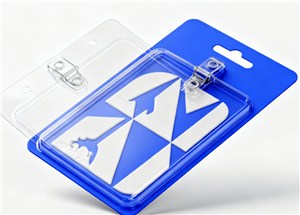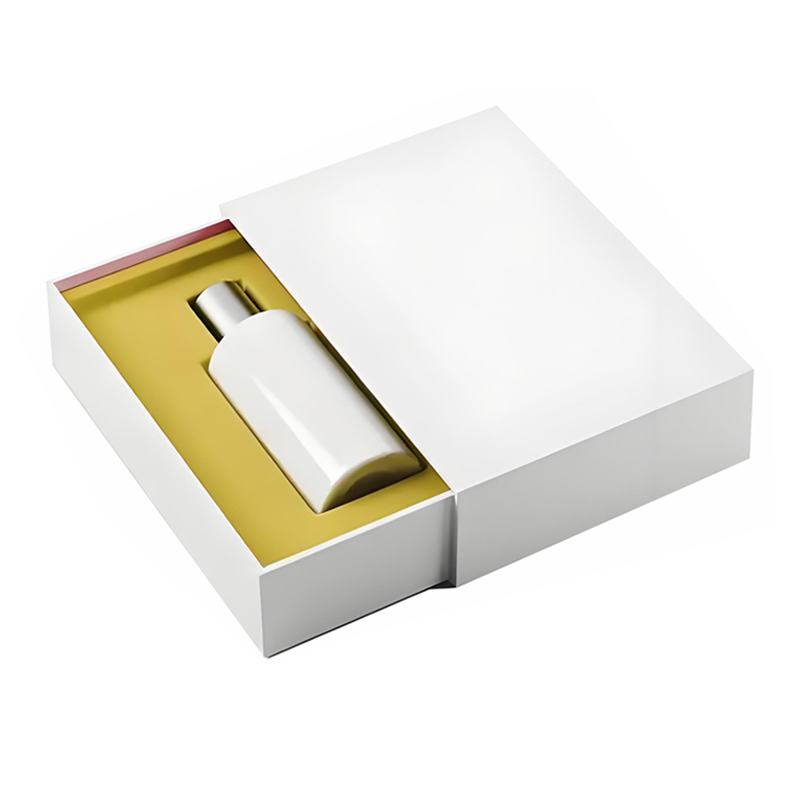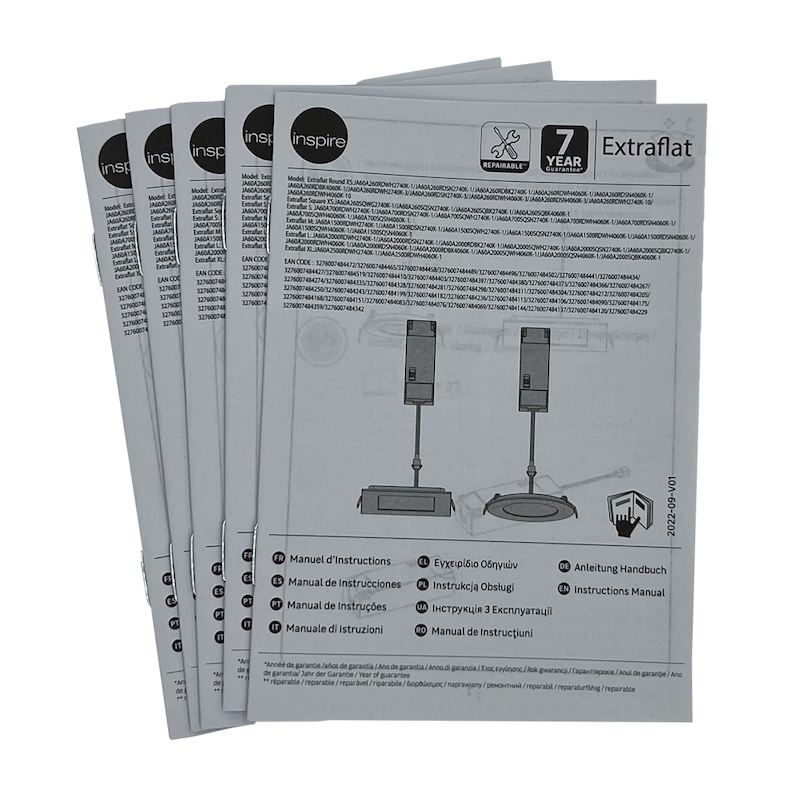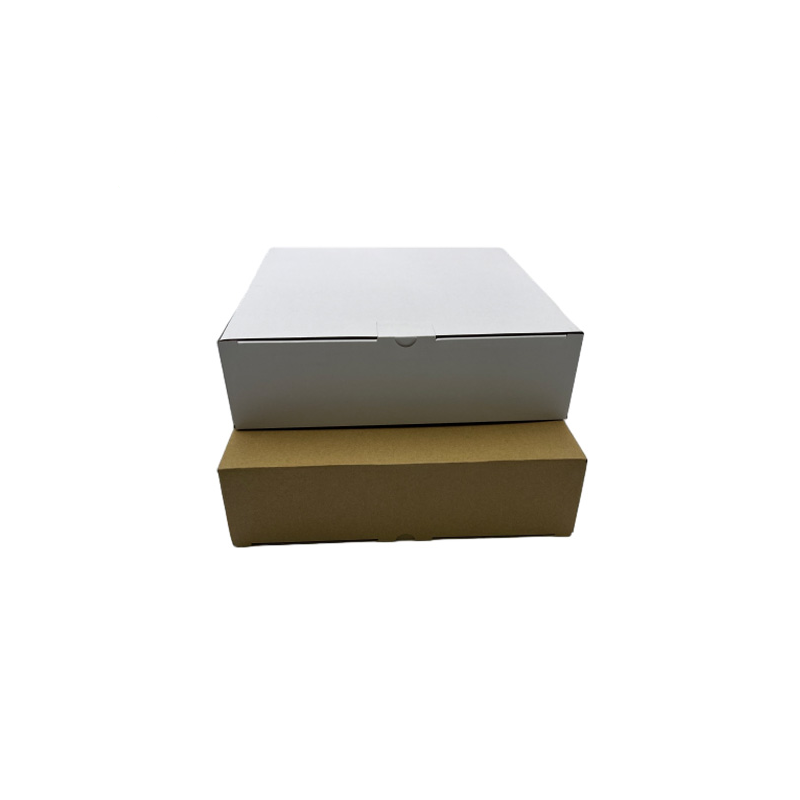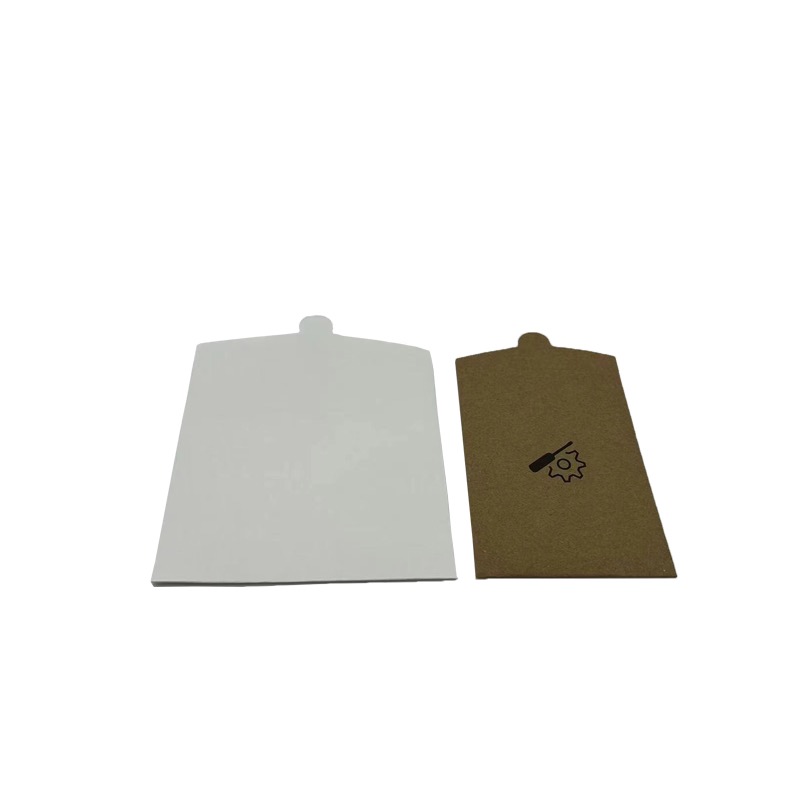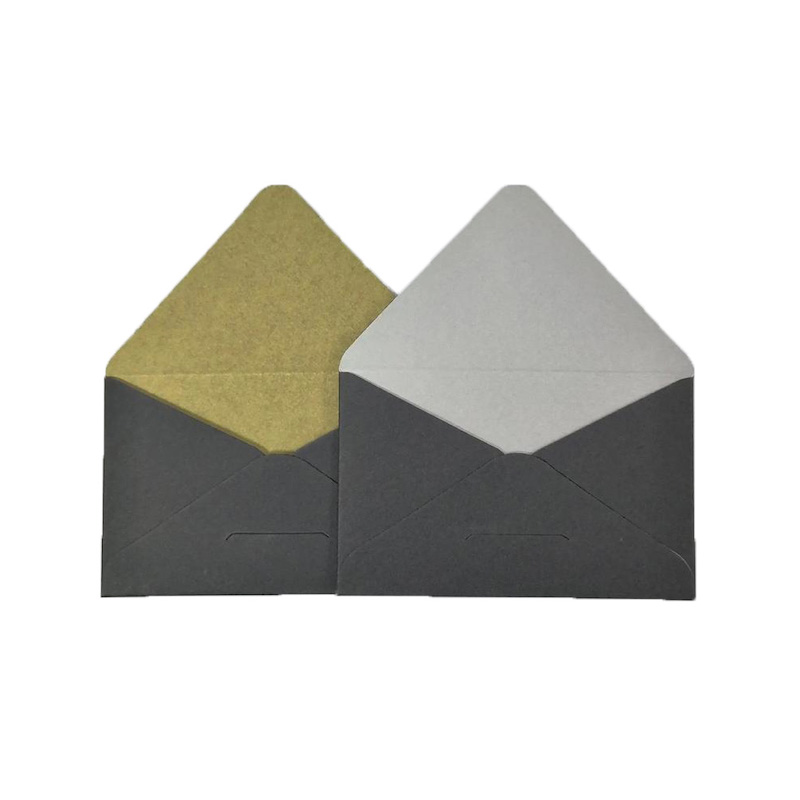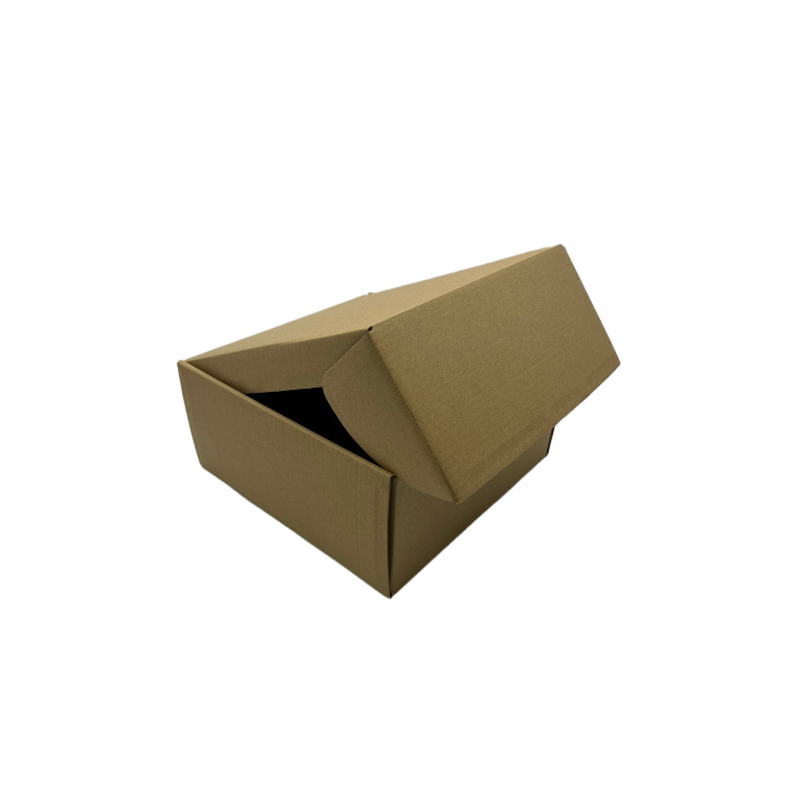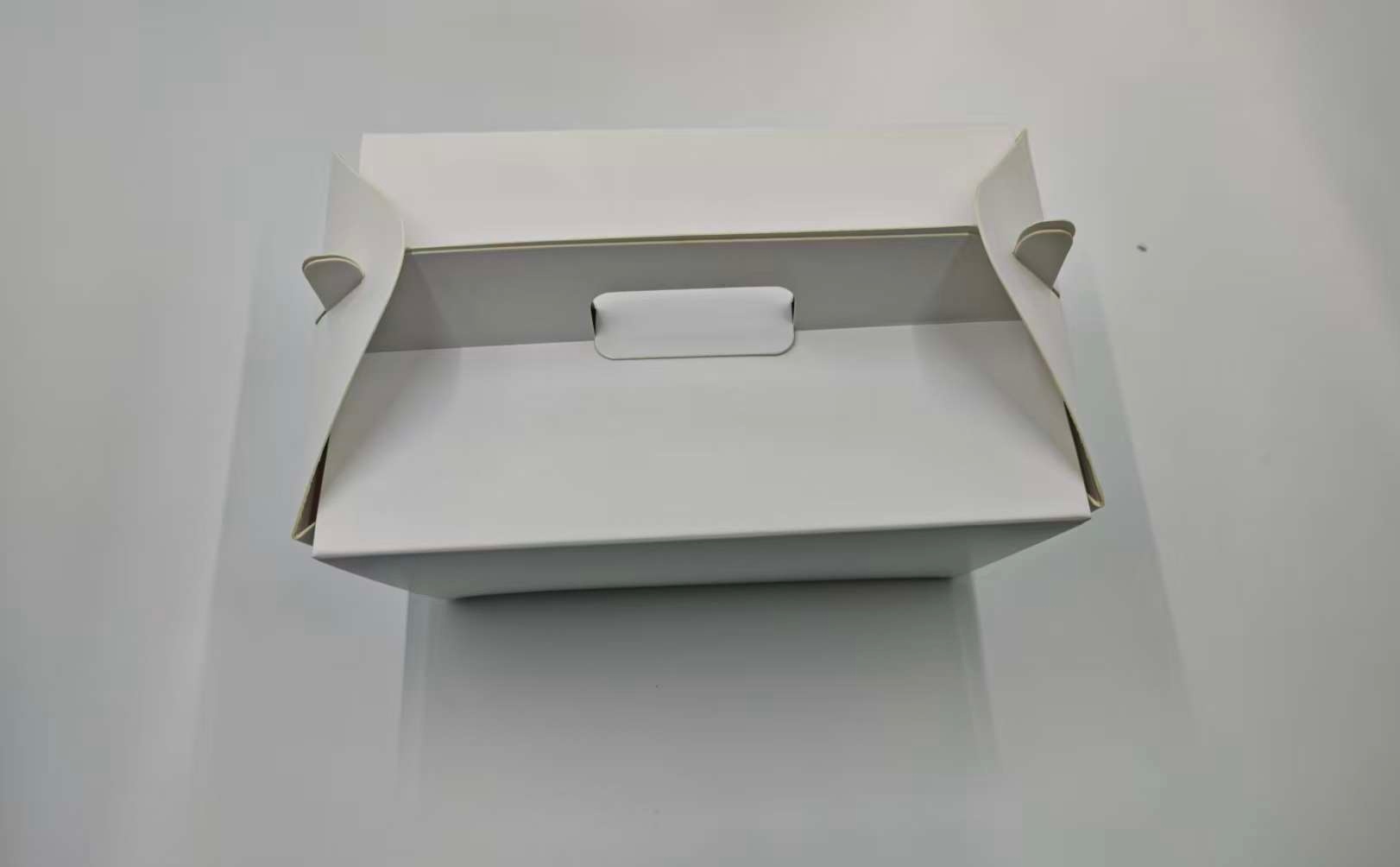Oil-Coated vs. Laminated Blister Cards: Key Differences and Applications
1. Process & Structure: How They’re Made
- Oil-Coated Blister Cards:This process involves applying a thin, liquid-based coating (often a clear varnish or oil-based sealant) directly to the surface of the blister card. The coating dries to form a protective layer, bonding with the card’s base material (typically paperboard or plastic). It’s a cost-effective, single-step application, making it ideal for high-volume runs—including custom blister cards where budget and speed matter.
- Laminated Blister Cards:Laminating uses a thin film (usually BOPP, PET, or PVC) bonded to the card’s surface via heat, pressure, or adhesive. This creates a durable, multi-layer structure: the base card plus a separate film layer. The process is more complex but delivers enhanced resilience, making it a go-to for demanding applications like omnicell blister cards, which require long-term durability in medical settings.

2. Performance: Durability, Appearance, and Function
- Durability:Oil-coated blister cards offer moderate protection. The dried coating resists minor scuffs and smudges but can crack or wear off with heavy handling. They’re less resistant to moisture, making them less suitable for humid environments. In contrast, laminated blister cards excel here: the film layer acts as a robust barrier against water, tearing, and abrasion. This makes laminating ideal for omnicell blister cards, which often house medical supplies and need to maintain sterility and integrity through storage and transport.
- Appearance:Oil coating enhances the card’s natural finish with a subtle sheen—matte or glossy, depending on the varnish. It deepens printed colors slightly but doesn’t add significant thickness, preserving the card’s lightweight feel. This is popular for custom blister cards aiming for a sleek, understated look, such as those for cosmetics or small electronics. Laminated cards, however, have a more pronounced, uniform gloss (or matte, with specialized films) and a thicker, more rigid feel. The film amplifies color vibrancy, making them stand out on retail shelves—a boon for branding-focused custom blister cards.
- Functional Compatibility:Cold seal blister cards, which use pressure-sensitive adhesives (no heat required for sealing), pair better with oil coatings. The thin, non-porous oil layer ensures the cold seal adhesive bonds evenly without reacting with the card’s surface. Laminated cards, while durable, can sometimes interfere with cold seal adhesion due to the film’s texture or chemical composition, requiring specialized adhesives that add cost. For omnicell blister cards, which often use heat-sealing or mechanical locking, lamination’s heat resistance makes it a safer choice, as it won’t melt or warp during sealing processes.
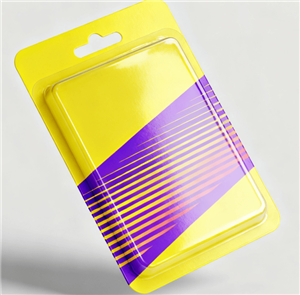
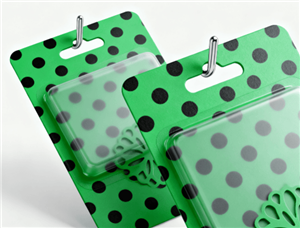
3. Applications: Which Works Where?
- Oil-Coated Blister Cards Shine In:
Cold seal blister cards for perishables or heat-sensitive products (e.g., chocolate, vitamins), where the coating’s compatibility with cold adhesives prevents seal failures.
Custom blister cards for short-term, low-handling items like promotional gadgets or single-use tools, where cost and a clean finish are priorities.
Environments with minimal moisture or wear, such as dry storage for stationery or small hardware.
- Laminated Blister Cards Excel In:
Omnicell blister cards and medical packaging, where resistance to chemicals, moisture, and frequent handling is critical for protecting drugs or devices.
Custom blister cards for high-end retail (e.g., luxury cosmetics, electronic accessories), where the film’s enhanced gloss and durability elevate brand perception.
Outdoor or humid settings, such as garden tool packaging or bathroom product displays, where the film barrier prevents water damage.
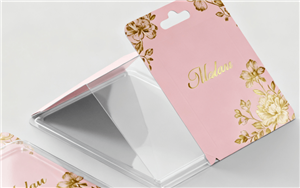
4. Cost & Sustainability
Conclusion
Oil-coated and laminated blister cards each bring unique strengths: oil coating offers affordability and compatibility (perfect for cold seal blister cards and budget custom projects), while lamination delivers unmatched durability and polish (ideal for omnicell blister cards and high-end retail). By matching the treatment to your product’s needs—whether it’s moisture resistance, seal compatibility, or brand aesthetics—you’ll create packaging that protects, performs, and resonates with customers.
